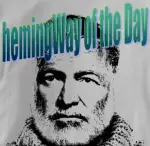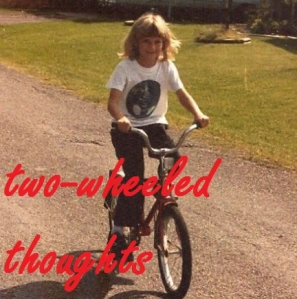My resolution to read a lit journal every Tuesday has gone a little bumpily so far. It’s a busy life. But I try!
 The Harvard Review is one of the fatter lit journals I’ve got on the shelf, at 236 pages, so I took a survey of its contents rather than reading every word. I made sure not to miss any essays or visual art; and I read the longish short story (they’re calling it a novella) by Ann Pancake.
The Harvard Review is one of the fatter lit journals I’ve got on the shelf, at 236 pages, so I took a survey of its contents rather than reading every word. I made sure not to miss any essays or visual art; and I read the longish short story (they’re calling it a novella) by Ann Pancake.
I started with the editor’s note at the front, which I appreciated for its brevity and content – Christina Thompson is not an editor who runs on to hear her own words. She noted the odd synchronicity of two essay submissions (both included in this issue) that visit the fish collection at Harvard’s Museum of Comparative Zoology; likewise two essays about psychoanalysis; the pleasure of publishing young writers; Pancake’s novella; and the departure of the Review‘s managing editor.
Among my favorite pieces was one of the ichthyological essays, “Remembering That Life” by Hannah Hindley, a braided essay circling the short life of a goldfish named Ishmael and a larger tragedy in the author’s world. I loved how widely it ranged, and yet how cohesive it finished. Next, Karen E. Bender’s “Two Entrances,” about her decades-long relationship with her psychoanalyst, sort of entranced me: it’s about that relationship and the services rendered, and about the questions we ask of relationships generally, I think. I enjoyed the window into Bender’s difficulties with anxiety as well as the interpersonal issues. I am always drawn to stories about people relating to people.
The partner piece to Bender’s, perhaps (though not intended as such by either writer), is Eli Mandel’s “Analysand,” also about his psychoanalysis, which however goes rather differently; the patient (or analysand) has a very different set of problems, related to how he expresses himself or recognizes himself, and that comes through in this written piece in a clever way.
Adam Fuss’s visual arts submissions, his ‘photograms,’ were intriguing to me, and I think came out the best of all the visual art in this issue (subjective!) in black-and-white. There were definitely some paintings that I think were probably poorly served by black-and-white; I wonder if the artists were aware… I am always on thin ice when considering visual arts, so, grains of salt. But I enjoyed studying Fuss’s work.
And finally, best for last: Ann Pancake’s long short story “In Such Light” was absolutely captivating, and my favorite of this issue (with Bender’s essay in second place). I’ve only heard of Ann Pancake recently, from my new writing friends at West Virginia Wesleyan College. Her writing is solidly rooted in her place, which is West Virginia. This story follows Janie, who is struggling with the transition from high school to college, dissatisfied with her small-town life, and unsure about where to place her dreams. I love the details of life in her place, and the difficulties and rewards of her close relationship with mentally disabled Uncle Bobby. The story is tense throughout, and completely immersive; I felt like I was coming up for air at the end. What a talent.
Pancake’s story was perhaps the only thing I read (and I didn’t read the whole journal) that didn’t feel rooted in Harvard and its region. So one observation about the Harvard Review is that it has a moderate-to-strong regional focus, but not exclusively. That said, you may have to be Ann Pancake to break out of the East Coast thing.
Great reading, no question.
Filed under: book reviews | Tagged: lit journals |







Leave a comment